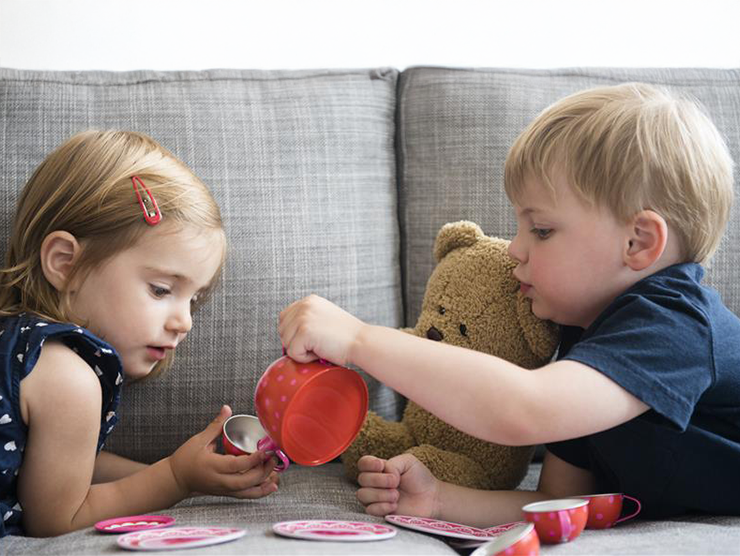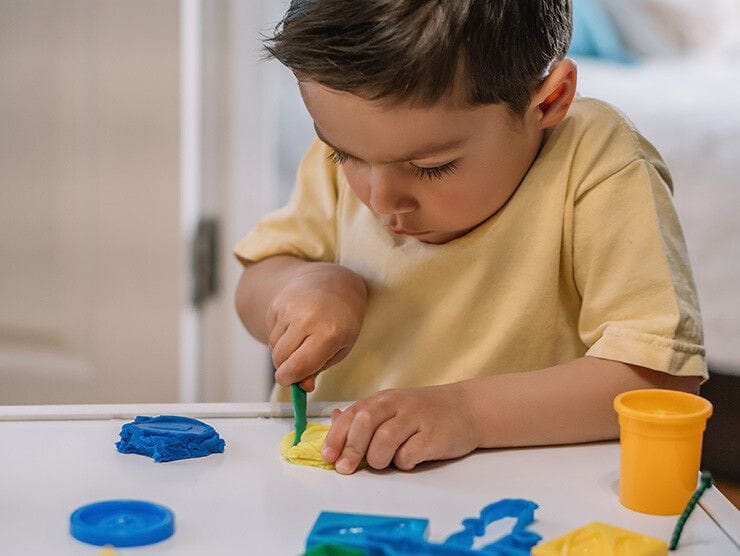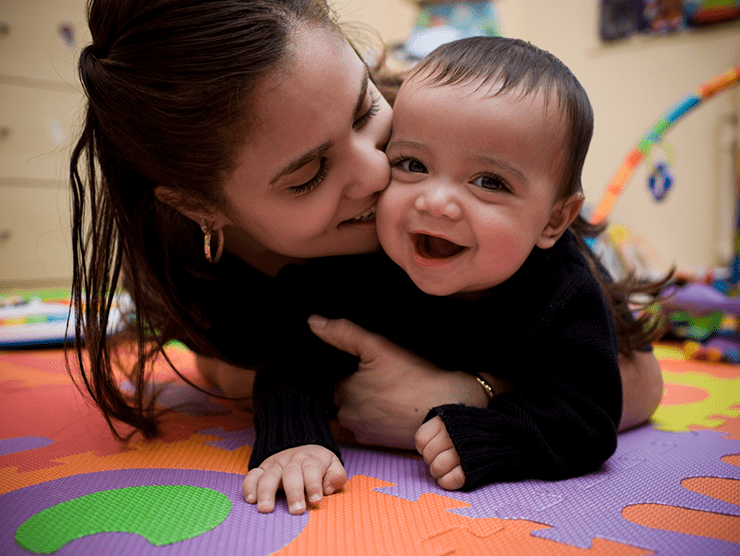General physical development milestones
Below are some general early childhood development milestones and tasks for physical development. Keep in mind that every child is different and your child’s development will unfold at its own pace.
- Baby milestones: Infants are gaining control of their bodies. This control typically begins with the head, neck, and trunk, and later extends to the arms and legs. During the first year, children may roll over, sit up, crawl, and stand. Some children begin walking.
- Toddler milestones: Toddlers and two-year-olds often show exuberant energy and take joy in their newfound physical skills. They usually walk more steadily and even begin to run, jump, and climb.
- Preschool milestones: During the preschool years, children gain confidence in their abilities. Preschoolers may throw a ball, walk across a balance beam, or run and jump with ease.
- School-age milestones: Children at this age can enjoy completing physical challenges or feats of strength, such as climbing trees, riding bikes fast, or playing competitive games.
4 tips for building fine and gross motor skills in children
- Offer time and room for play. Children are active by nature. They clamber over furniture, climb trees, and jump off stairs. In fact, when given ample space and freedom, children will gain many of the skills they need all on their own. We live in a society, though, that tends to value quiet children. Children are asked to sit down. Infants are frequently placed in carriers that restrict their movement. But children need to be able to move, jump, and run. They also need opportunities to be independent – carrying backpacks, pouring drinks, and picking up toys. As parents, the best thing we can do is limit media use, offer open spaces indoors and outdoors, and get comfortable with a certain level of mess and noise.
- Supply props. Children are inventive and will make props out of the most unlikely things. A pine cone becomes food; a stick is a magic wand. Still, intentionally adding a few props to your child’s play can spark more robust, physical activity. For example, children can crawl through cardboard boxes and tunnels. Buckets and pails encourage dumping and pouring. A board becomes a tightrope or balance beam, while a small slide becomes a mountain. Blocks and other building materials encourage problem-solving as they build fine motor skills.
- Be active as a family. Children of all ages love active family time. This might include playing physical games, such as tag, or sardines with older children. Infants enjoy finger plays and tummy time; toddlers love “chasing” games or rolling a ball back and forth. Beyond organized games, think about other ways to build physical development. How about jumping rope, riding bikes, roller-blading, going for a walk, playing at the park, or even hiking?
- Allow healthy risk. As much as we’d like to protect children from every injury, a few skinned knees and elbows are actually good for kids. Children need to stretch themselves and try new things. Taking on physical challenges builds confidence. Trying – and sometimes failing – helps children master concepts such as balance, speed, and reasonable caution. These lessons translate into many aspects of life. For example, a preschooler who tumbles after going around a corner on a tricycle too quickly is learning a useful physics lesson about velocity that will serve her well when she begins driving a car.
Children are natural explorers and adventurers. Giving them time, space, and freedom is one of the best ways to build physical development in early childhood.





